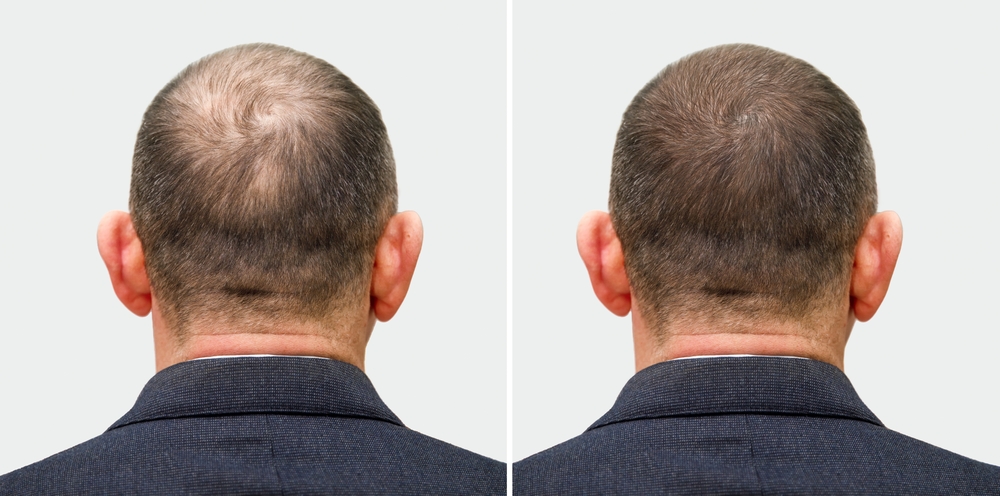Hair loss is a totally normal part of the aging process for men and women. If you find yourself in the same category as other men and women experiencing hair loss, it’s okay! You are normal, and there is something you can do about it.
This guide will help you learn about FUE and FUT transplants, including NeoGraft in Baltimore, so you can get back to looking your best so you feel your best.
Here’s What You Should Know About an FUE Transplant
Follicular unit extraction (FUE) is where the doctor removes hair follicles in a random fashion from the donor area on the scalp to ensure that it is less noticeable. These are small microscopic incisions. There are two ways FUE can be performed: manually or robotically.
When this is done manually the physician uses a device to remove the follicles by hand. In the robotic FUE the physician guides a machine to harvest the follicles from the scalp.
FUE is a great option for people with thinning hair on the top of the head or who have tender scalps.
An FUT Transplant Is Slightly Different
During a follicular unit transplant (FUT), a thin strip of tissue is removed from the scalp. The hair is removed from this tissue, and then larger sections are able to be placed on the scalp which can provide a better success rate for patients.
There is typically very minimal to no scarring, and it is covered by the remaining donor hair. This procedure can give fuller and more natural looking results. It does have a slightly longer recovery time.
People experiencing significant baldness on the top of the head or who are seeking full hair are good candidates for this procedure.
Here’s Why NeoGraft Is Typically the Top Option for Men and Women Who Want Natural Looking Results
Neograft is a great alternative for people looking for natural results with a minimally invasive procedure. In this procedure, there is no painful incision or scarring left behind. During NeoGraft surgery, the hair follicle is removed using suction and is then inserted using a specialized tool that helps control the depth it is transplanted into the scalp.
This process helps reduce the trauma that can be caused to the follicles in the process. By reducing injury, there is a great chance of hair growth.
Because this process is less invasive, it makes the healing time faster. The process is partially automated, which also helps the process maintain consistency with the transplants. This aids in the success rates of the surviving follicles.
Many people are fully recovered after two weeks and are even able to go back to work after a couple of days. And while you probably won’t see immediate results, most people achieve long-lasting results after about four months.
Does it hurt? Great question! During the procedure a local anesthetic is applied to the scalp, so typically no pain is felt, only some tugging or movement on the head.
Wondering How to Pick the Best Hair Transplant in Baltimore? Book a Consultationation With the Area’s Top Hair Restoration Doctor, Dr. Chesahna Kindred
Choosing the right transplant technique is a decision you want to take seriously, and we want to help! You need to find a doctor who will work with you and ensure your needs are met and your hair goals are accomplished, which is why you need Dr. Kindred’s personalized touch.
Dr. Kindred works with clients everyday to help them decide which hair restoration method is best for them, and she can help you too. Book your hair loss consultation today by calling 443-424-7754!

